Home>Furniture & Design>Outdoor Furniture>How To Thaw An Outdoor Faucet
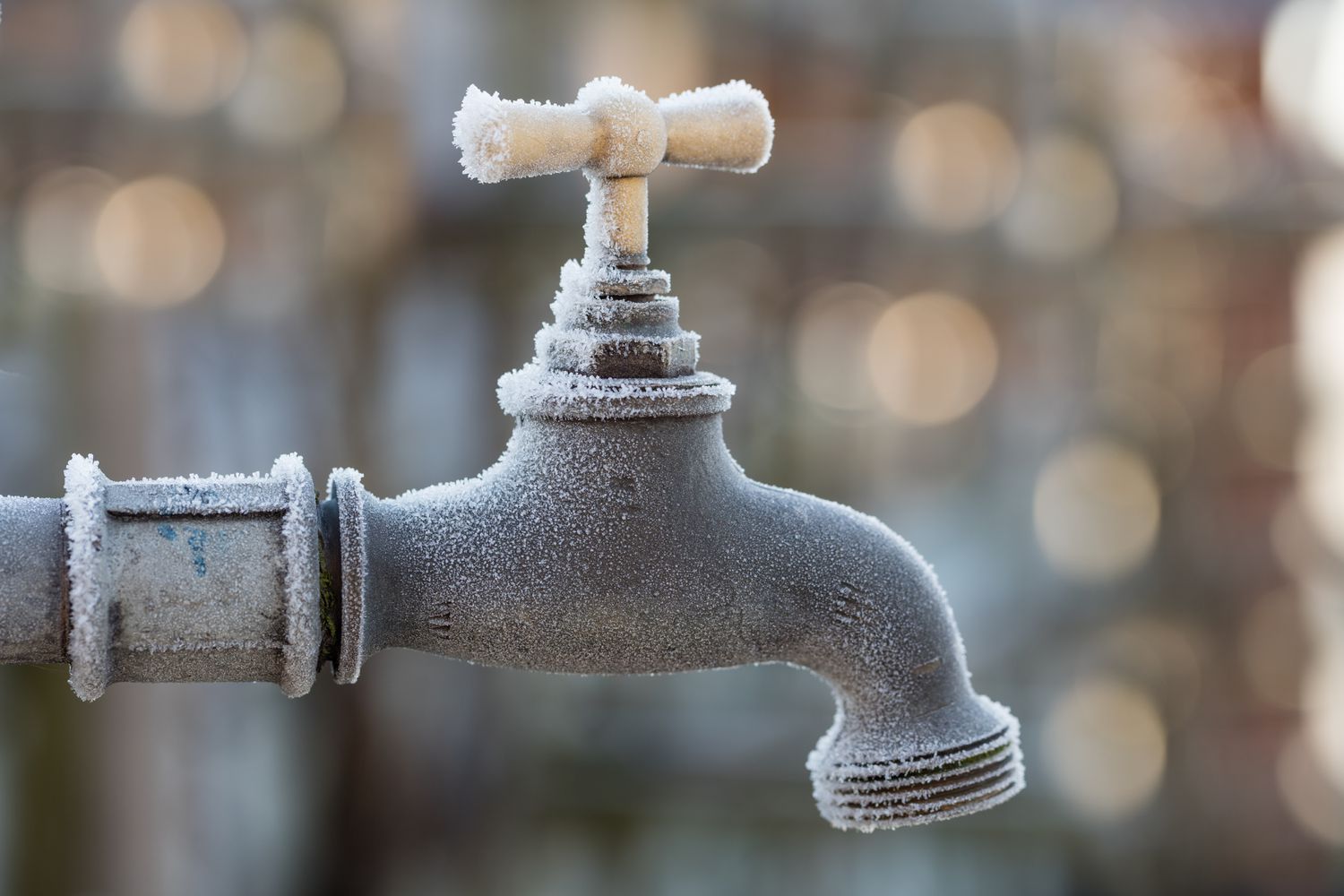

Outdoor Furniture
How To Thaw An Outdoor Faucet
Modified: October 20, 2024
Learn how to properly thaw an outdoor faucet to prevent freezing and damage. Get expert tips on outdoor furniture, furniture, and design.
(Many of the links in this article redirect to a specific reviewed product. Your purchase of these products through affiliate links helps to generate commission for Storables.com, at no extra cost. Learn more)
Introduction
Read more: How To Thaw Outdoor Water Pipes
Understanding the Risks of a Frozen Outdoor Faucet
When winter arrives, it’s crucial to safeguard your outdoor faucet from freezing. A frozen outdoor faucet, also known as a hose bib or spigot, can lead to significant problems, including burst pipes and water damage. As the temperatures drop, water left inside the faucet can freeze and expand, causing the pipe to crack or burst. This can result in extensive water leakage once the ice thaws, potentially leading to costly repairs and water wastage. Therefore, it’s imperative to know how to thaw an outdoor faucet effectively and prevent future freezing issues.
In this guide, we’ll delve into the risks associated with a frozen outdoor faucet and provide comprehensive steps to thaw it properly. Additionally, we’ll explore preventive measures to ensure that your outdoor faucet remains functional and undamaged during the winter months.
Read more: How To Thaw Outdoor Water Pipes
Understanding the Risks of a Frozen Outdoor Faucet
When the temperature drops below freezing, the water inside an outdoor faucet can turn into ice, causing the pipe to expand and potentially burst. This can lead to water leakage and extensive damage to the faucet and connected pipes. The consequences of a frozen outdoor faucet can be far-reaching and costly, making it essential to address this issue promptly and effectively.
One of the primary risks associated with a frozen outdoor faucet is the potential for burst pipes. When water freezes, it expands, exerting immense pressure on the walls of the pipe. This pressure can cause the pipe to crack or rupture, leading to water leakage once the ice thaws. The resulting water damage can affect the surrounding area, including the exterior of the building and the surrounding landscape. In severe cases, the water leakage can penetrate into the interior of the structure, causing further damage to walls, ceilings, and floors.
Furthermore, a frozen outdoor faucet can disrupt the water supply to the connected hose, rendering it unusable until the issue is resolved. This can be particularly inconvenient if the hose is essential for watering plants, cleaning outdoor surfaces, or other tasks. Additionally, the water wastage resulting from a burst pipe can lead to increased utility bills and environmental impact, making it crucial to address and prevent frozen outdoor faucets.
Moreover, the process of repairing a burst outdoor faucet pipe can be labor-intensive and costly. It may require professional plumbing services to locate and repair the damaged section of the pipe, potentially involving excavation and replacement of the affected segment. This can lead to significant expenses and inconvenience, especially during the winter season when outdoor water usage is limited.
Understanding the risks associated with a frozen outdoor faucet underscores the importance of taking proactive measures to prevent freezing and knowing how to effectively thaw the faucet when needed. By addressing this issue promptly and implementing preventive strategies, you can safeguard your outdoor faucet and connected plumbing from the detrimental effects of freezing temperatures.
Steps to Thaw an Outdoor Faucet
Thawing an outdoor faucet requires a systematic approach to ensure the safe and effective restoration of water flow without causing further damage to the plumbing system. Here are the essential steps to thaw an outdoor faucet:
- Turn Off the Water Supply: Before initiating the thawing process, it’s crucial to turn off the water supply to the outdoor faucet. This can typically be done by locating the shutoff valve inside the house that controls the water flow to the outdoor plumbing. By shutting off the water supply, you prevent additional water from entering the frozen section of the pipe, reducing the risk of further expansion and damage.
- Open the Faucet: After turning off the water supply, open the outdoor faucet to release any remaining water and alleviate pressure within the pipe. This step is essential for allowing the ice to thaw without creating excessive internal pressure that could lead to pipe damage.
- Apply Heat Source: Use a safe heat source, such as a hairdryer, heat lamp, or portable heater, to gently warm the exterior of the frozen outdoor faucet. Avoid using open flames or high-temperature devices, as they can pose a fire hazard and damage the faucet material. Direct the heat towards the faucet and the adjacent section of the pipe, gradually thawing the ice within.
- Monitor Thawing Progress: While applying heat, periodically check the faucet and the connected pipe for signs of thawing. As the ice begins to melt, water flow may gradually resume. Exercise patience during this process, as rushing the thawing can lead to unintended consequences, such as thermal shock to the plumbing material.
- Inspect for Leaks: Once the faucet has thawed and water flow is restored, carefully inspect the surrounding area for any signs of leakage. Check the interior and exterior connections of the faucet to ensure that the thawing process has not caused damage or loosened fittings. Address any leaks promptly to prevent water wastage and further damage.
- Turn On the Water Supply: After confirming that the faucet has thawed and there are no leaks, gradually turn on the water supply to the outdoor faucet. Monitor the water flow and check for any irregularities that may indicate underlying issues. If the water flows smoothly and without leaks, the thawing process has been successful.
Following these steps diligently can help thaw an outdoor faucet effectively and mitigate the risks associated with frozen plumbing. It’s essential to exercise caution and patience during the thawing process to ensure the safe restoration of water flow and the prevention of further damage to the outdoor faucet and connected pipes.
Disconnect the outdoor faucet from the water supply and open the valve to allow any remaining water to drain out. Use a hairdryer or heat lamp to gently warm the faucet and pipes until the ice thaws.
Preventing Future Freezing Issues
Preventing future freezing issues with your outdoor faucet is essential to avoid the potential risks and inconveniences associated with frozen plumbing. By implementing proactive measures, you can safeguard your outdoor faucet from the detrimental effects of low temperatures and minimize the likelihood of encountering frozen pipe problems. Here are key strategies to prevent future freezing issues:
- Install Frost-Proof Faucets: Consider installing frost-proof outdoor faucets, also known as freeze-proof or frost-free faucets, which are designed to minimize the risk of freezing by placing the shut-off valve farther inside the heated space of the building. These faucets prevent water from remaining within the exposed section of the pipe, reducing the likelihood of freezing and burst pipes.
- Disconnect and Drain Hoses: Before the onset of freezing temperatures, disconnect and drain all hoses connected to the outdoor faucet. Stagnant water within the hose can lead to back pressure and contribute to freezing within the faucet and connected pipes. Store the hoses in a sheltered location to prevent damage and prolong their lifespan.
- Insulate Exposed Pipes: Insulate outdoor pipes, including the section leading to the faucet, using pipe insulation sleeves or heat tape. This helps to maintain a higher temperature around the pipes, reducing the risk of freezing. Additionally, ensure that any gaps or openings in the building’s exterior that expose the pipes to cold air are sealed to minimize heat loss and prevent freezing.
- Apply Heat Cable: In areas where freezing temperatures are common, consider installing heat cables along the outdoor pipes to provide consistent warmth and prevent freezing. Heat cables are equipped with a thermostat that activates when temperatures drop, providing an added layer of protection against frozen plumbing.
- Close Interior Shut-Off Valve: When the outdoor faucet is not in use during the winter, close the interior shut-off valve that controls the water supply to the outdoor plumbing. This prevents water from entering the outdoor pipes, reducing the risk of freezing and burst pipes. Ensure that any residual water is drained from the faucet after closing the shut-off valve.
- Regular Maintenance: Schedule regular maintenance for your outdoor faucet and connected plumbing to identify and address any potential vulnerabilities that could lead to freezing issues. Professional inspection and maintenance can help detect and resolve issues before they escalate, ensuring the optimal functionality of the outdoor plumbing system.
By implementing these preventive measures, you can fortify your outdoor faucet against freezing issues and minimize the associated risks. Proactive maintenance and strategic interventions can contribute to the longevity and reliability of your outdoor plumbing, ensuring that you can confidently navigate through the winter season without encountering disruptive frozen faucet problems.
Read more: How To Fix An Outdoor Faucet
Conclusion
As winter approaches, the potential for frozen outdoor faucets poses a significant concern for homeowners and property managers. Understanding the risks associated with frozen plumbing and knowing how to effectively address and prevent freezing issues is essential for maintaining the functionality and integrity of outdoor faucets during cold weather.
By recognizing the risks of a frozen outdoor faucet, including burst pipes, water damage, and inconvenience, individuals can appreciate the importance of proactive measures to mitigate these potential challenges. Thawing an outdoor faucet requires a systematic approach, including turning off the water supply, applying a safe heat source, and monitoring the thawing progress to ensure the safe restoration of water flow without causing further damage to the plumbing system.
Moreover, preventing future freezing issues with outdoor faucets involves implementing strategic measures such as installing frost-proof faucets, insulating exposed pipes, disconnecting and draining hoses, and conducting regular maintenance. These proactive interventions can fortify outdoor faucets against freezing and minimize the likelihood of encountering frozen pipe problems, offering peace of mind and reliability during the winter season.
As homeowners and property managers prioritize the maintenance and care of outdoor faucets, they can navigate through winter with confidence, knowing that their plumbing system is resilient against the challenges posed by freezing temperatures. By staying informed, proactive, and attentive to the needs of outdoor faucets, individuals can safeguard their properties from the risks and inconveniences associated with frozen plumbing, ensuring a smooth transition through the winter months.
In conclusion, by understanding the risks, implementing effective thawing techniques, and adopting preventive measures, individuals can maintain the functionality and durability of outdoor faucets, preserving the integrity of their plumbing systems and minimizing the impact of freezing temperatures.
Frequently Asked Questions about How To Thaw An Outdoor Faucet
Was this page helpful?
At Storables.com, we guarantee accurate and reliable information. Our content, validated by Expert Board Contributors, is crafted following stringent Editorial Policies. We're committed to providing you with well-researched, expert-backed insights for all your informational needs.
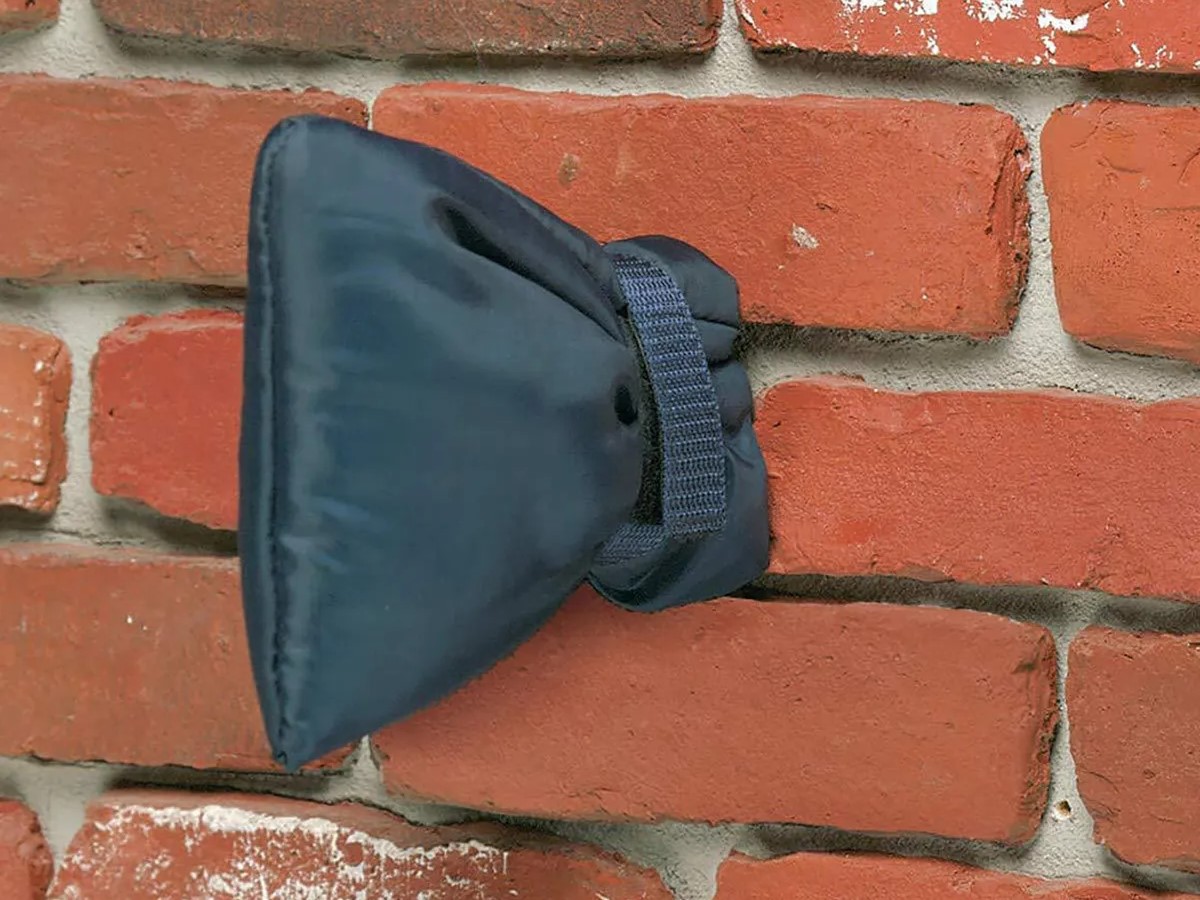
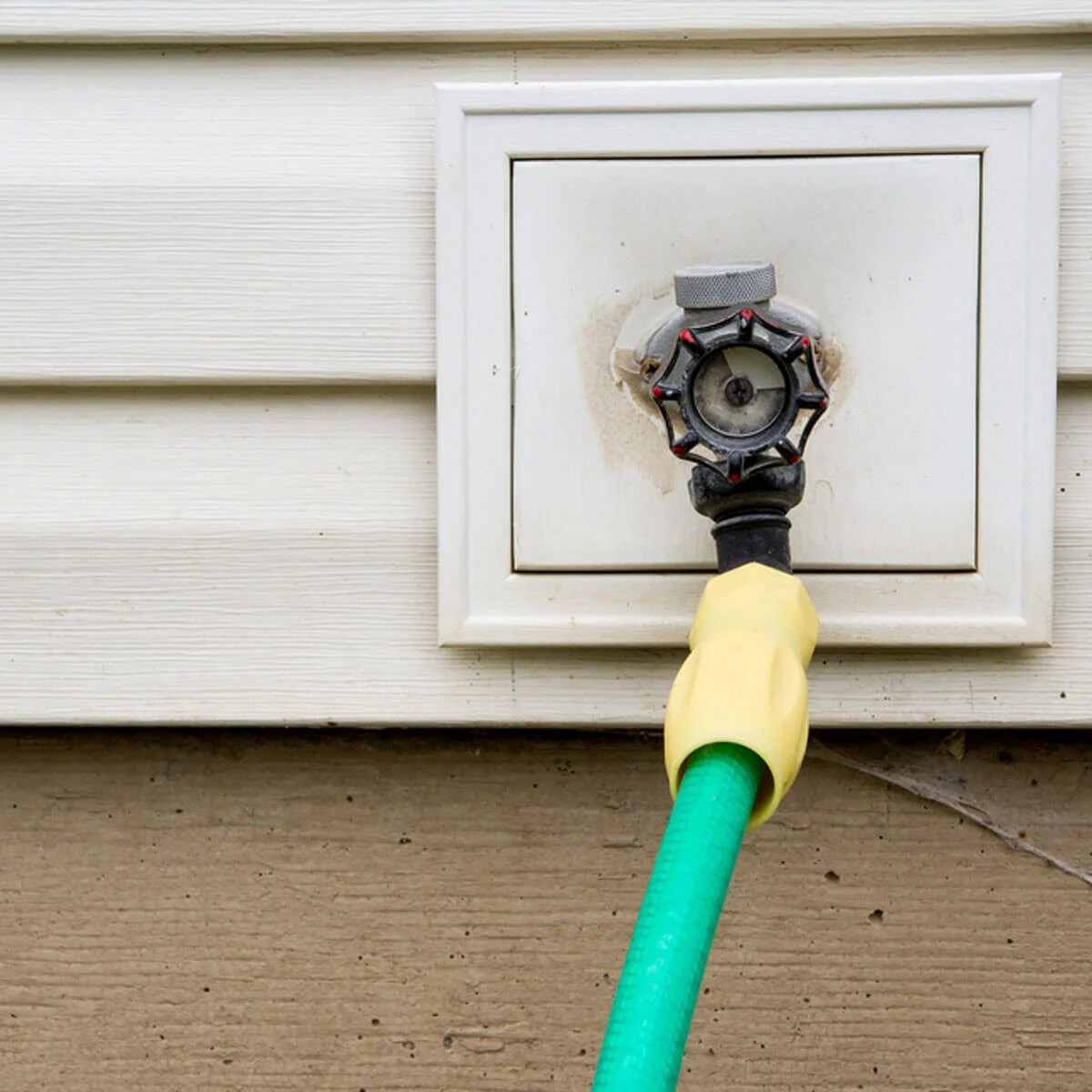
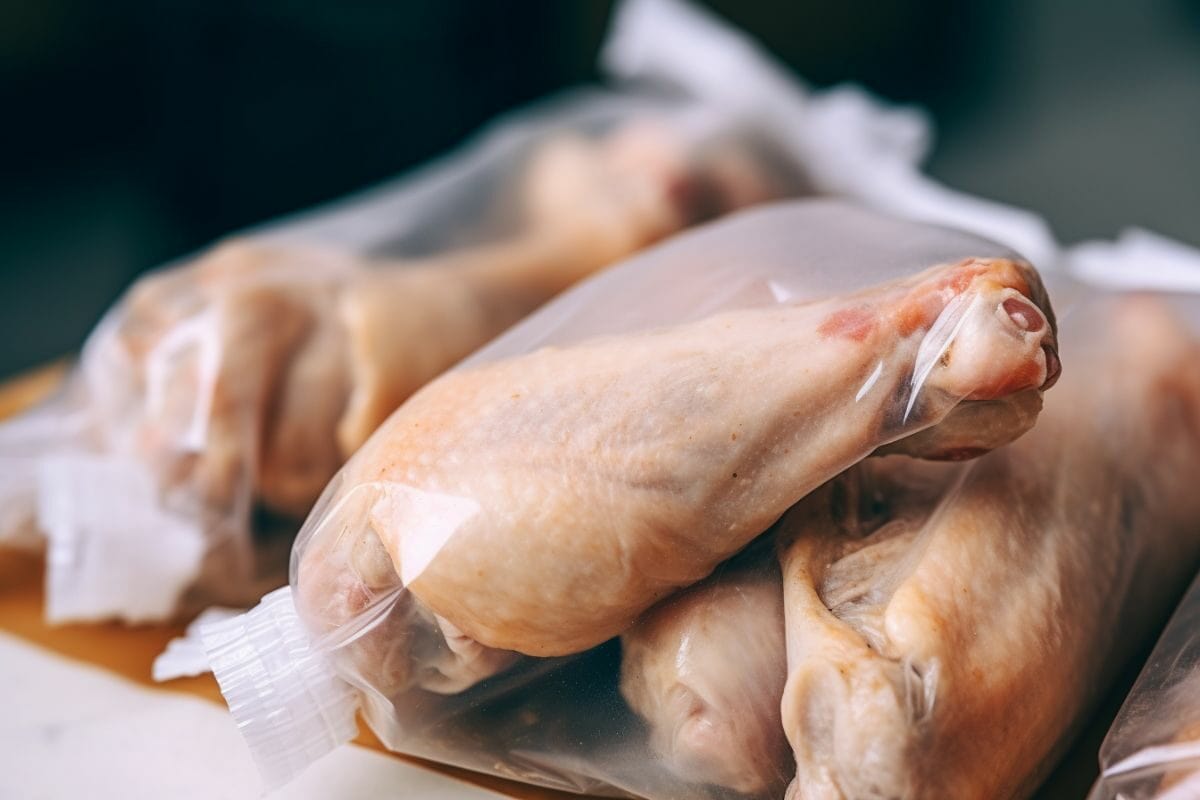
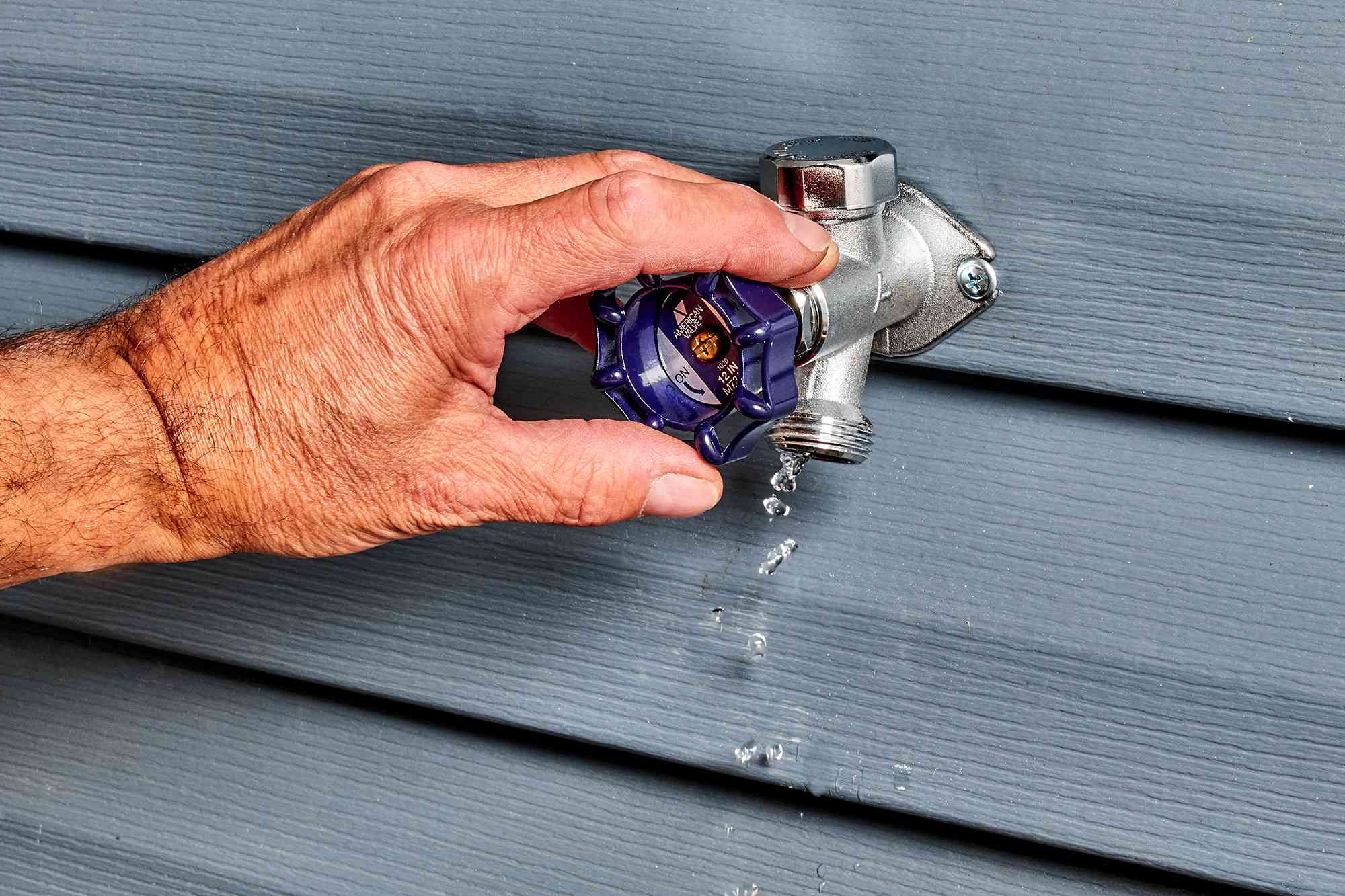
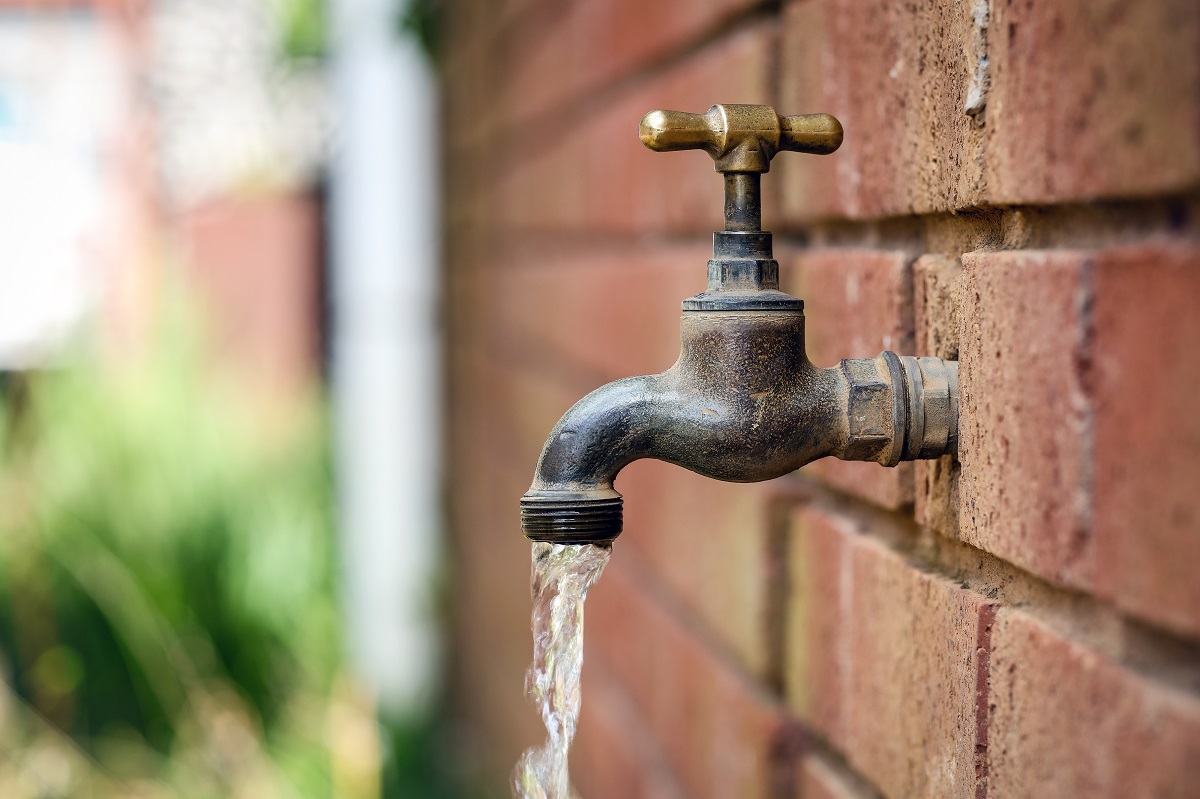
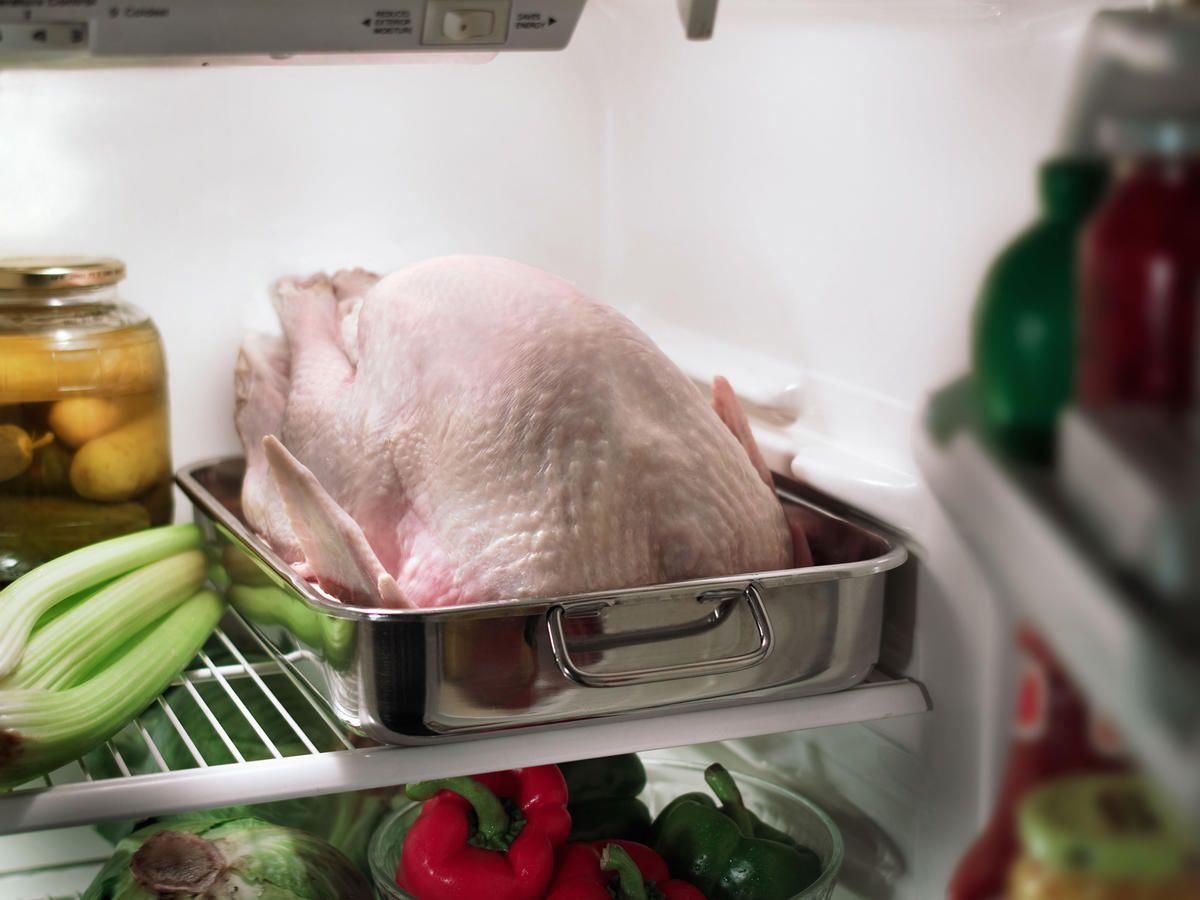
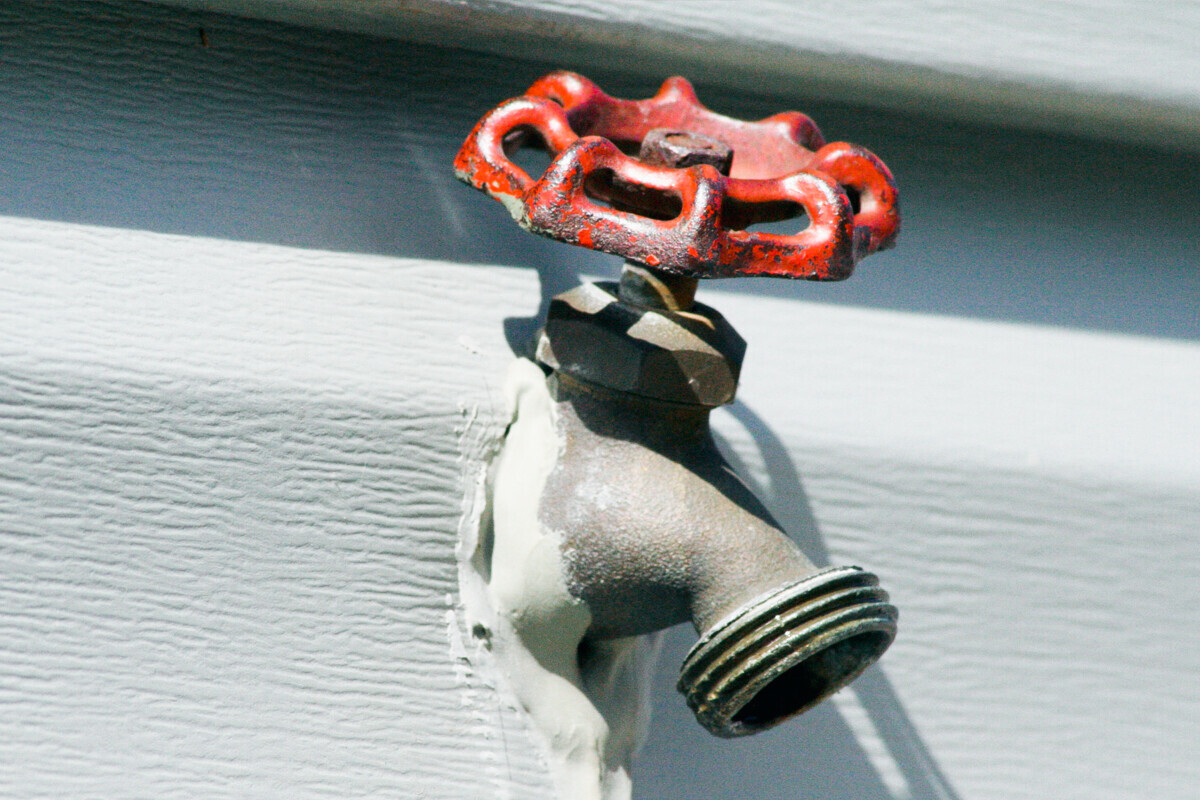
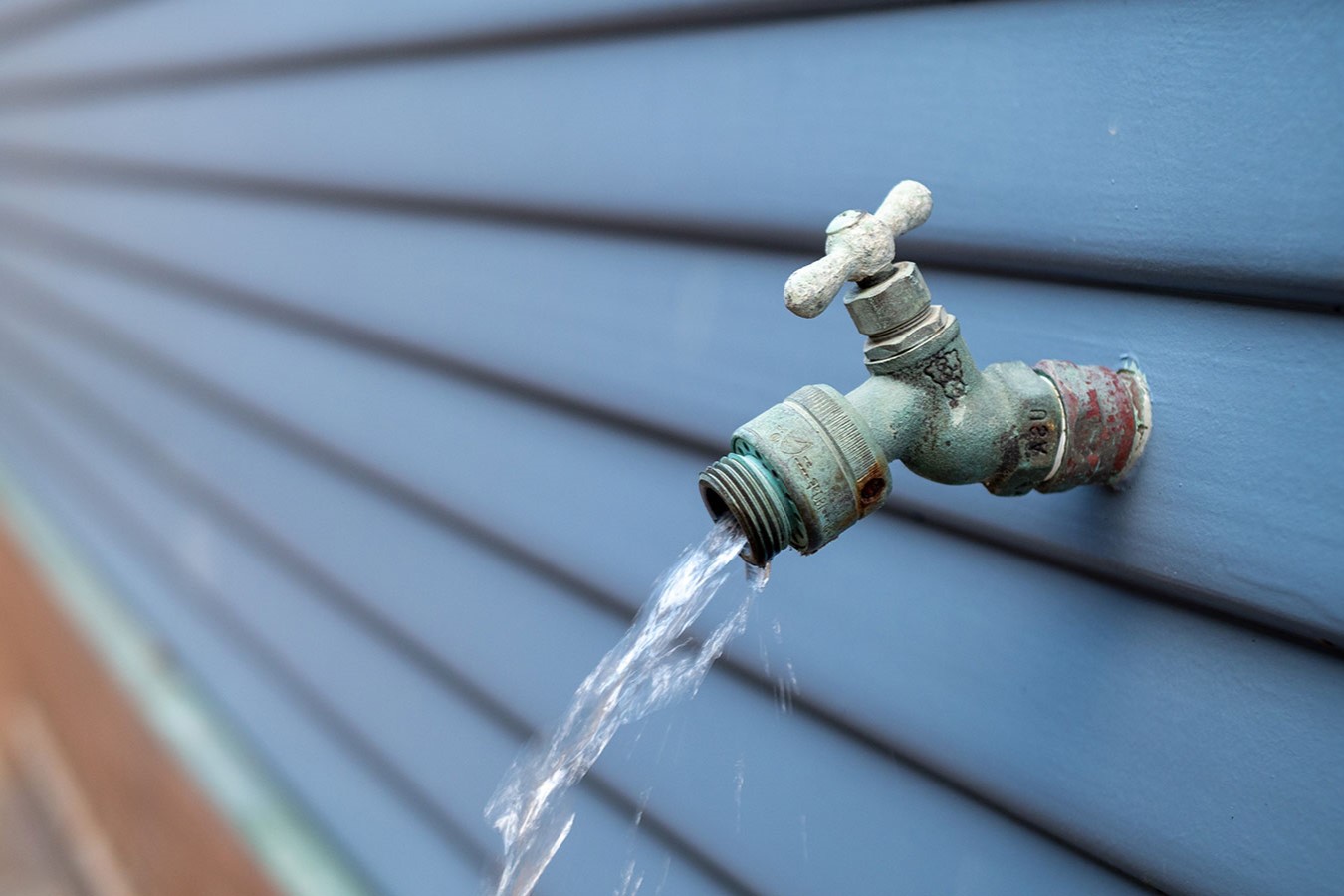
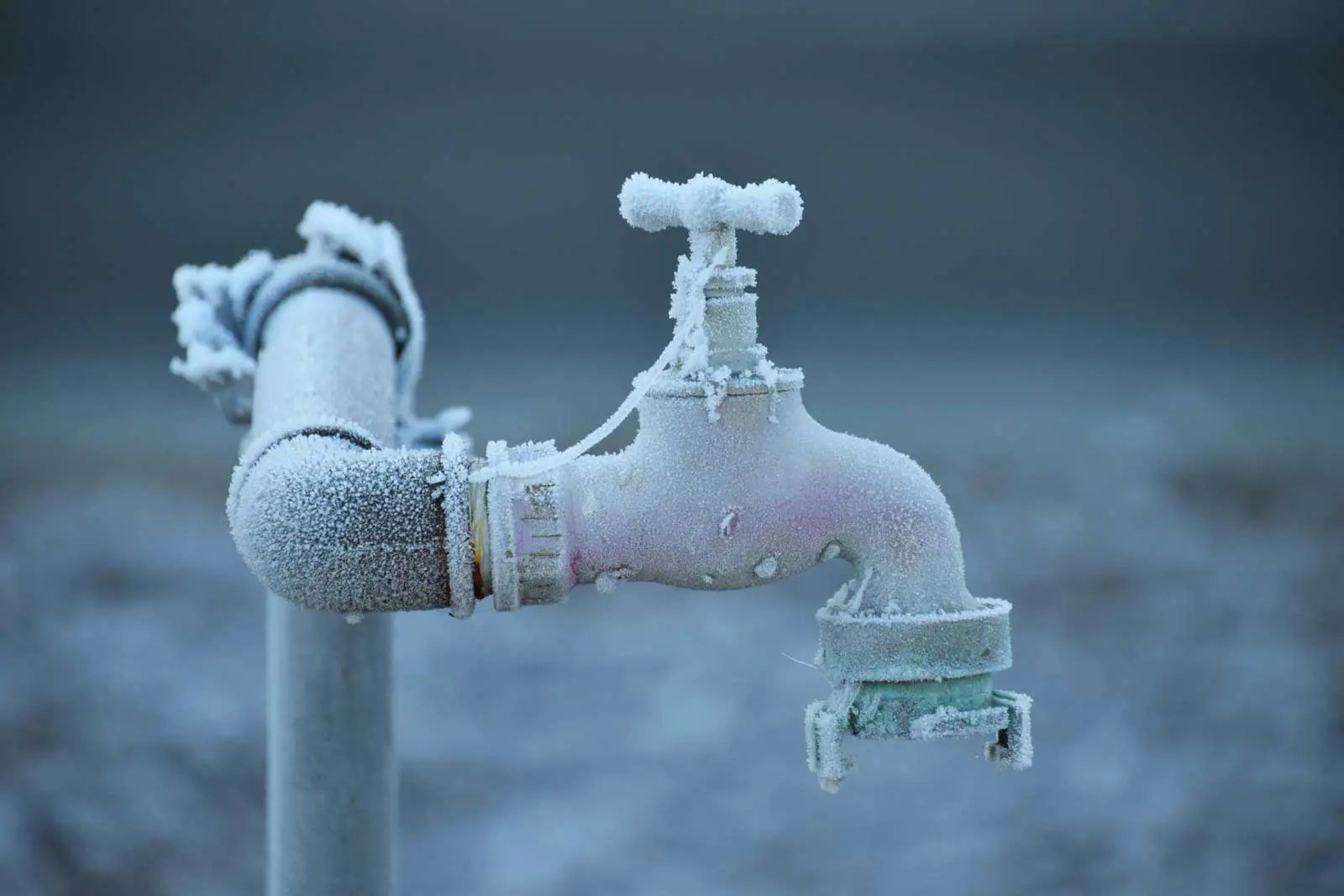

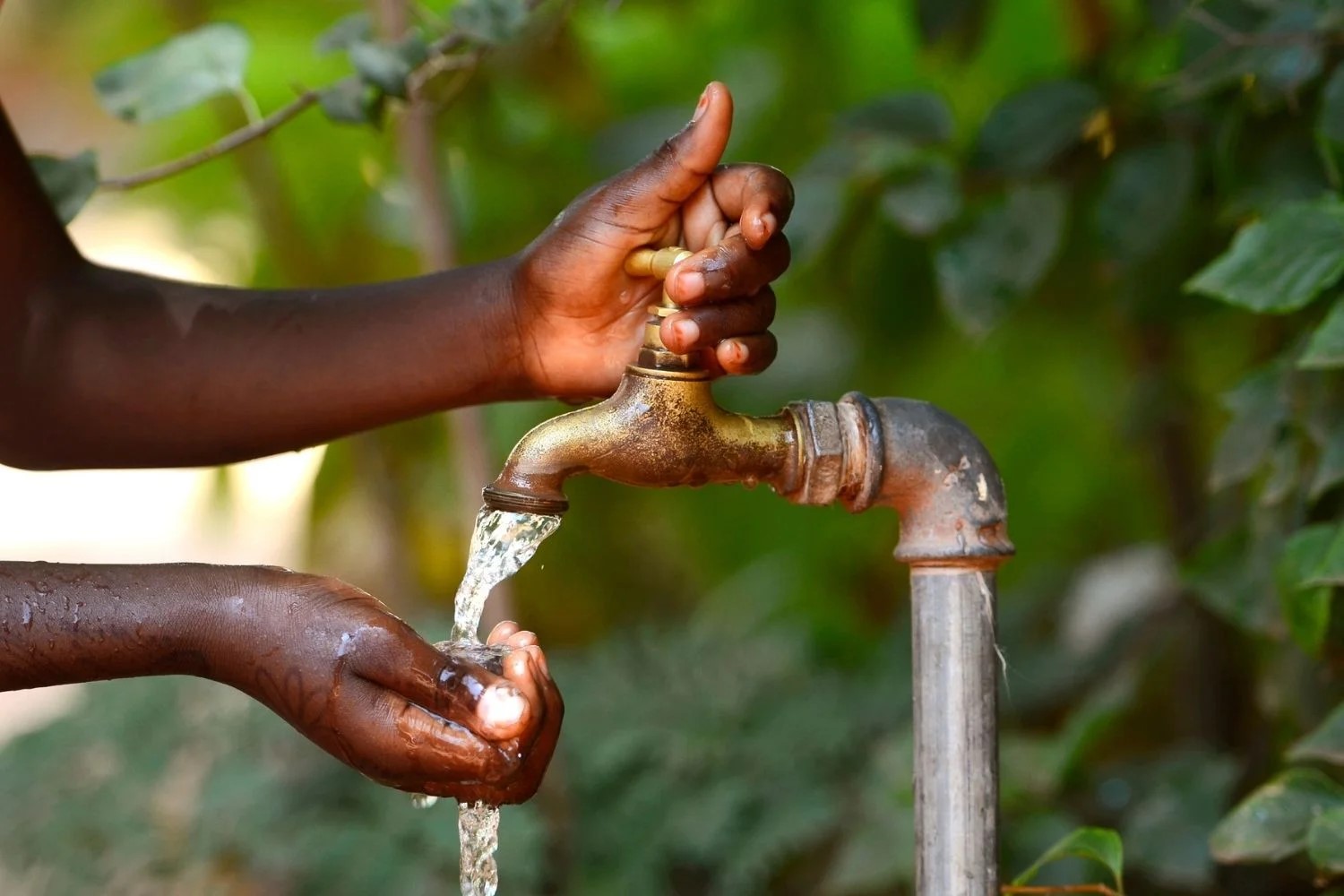
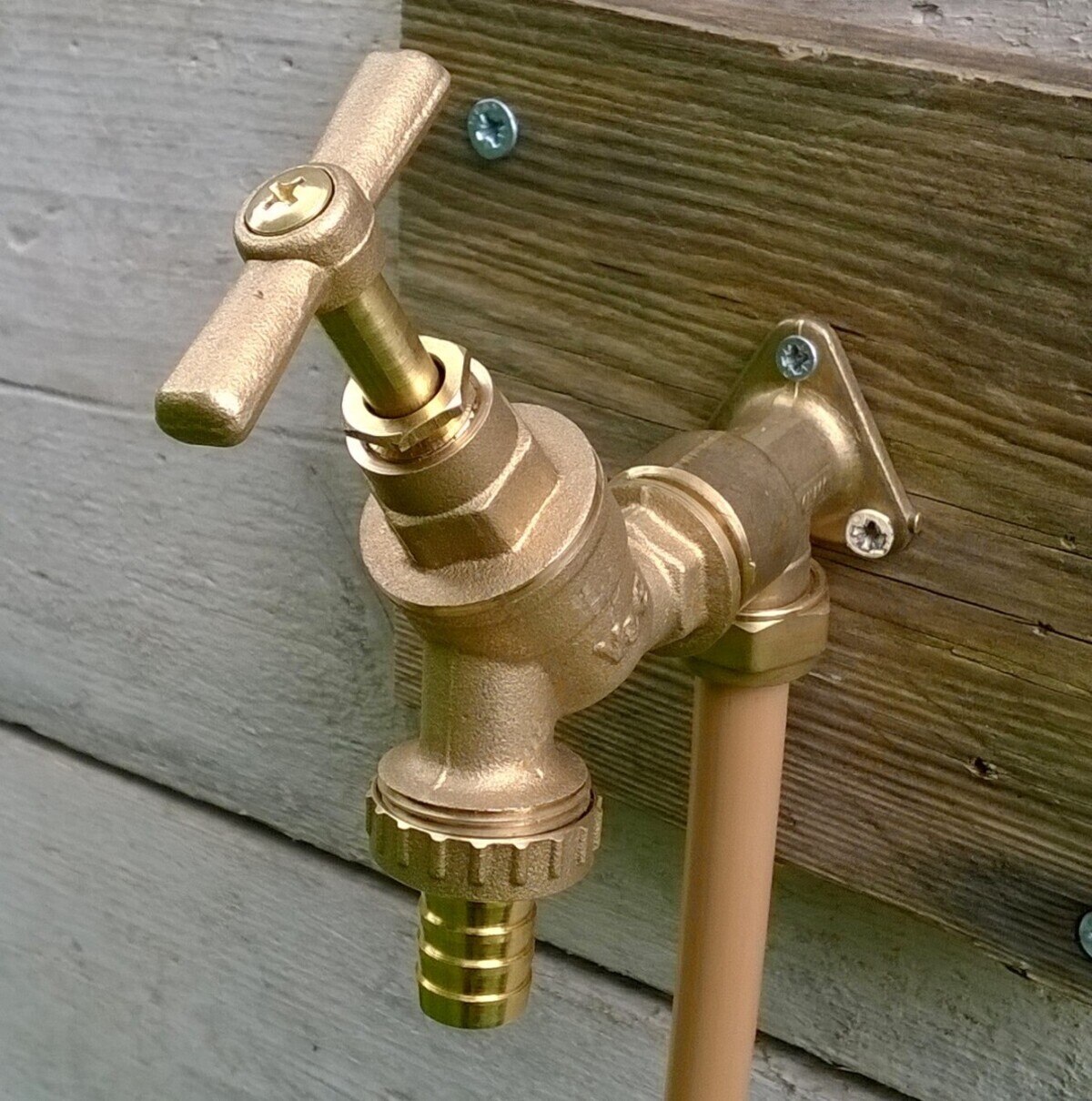

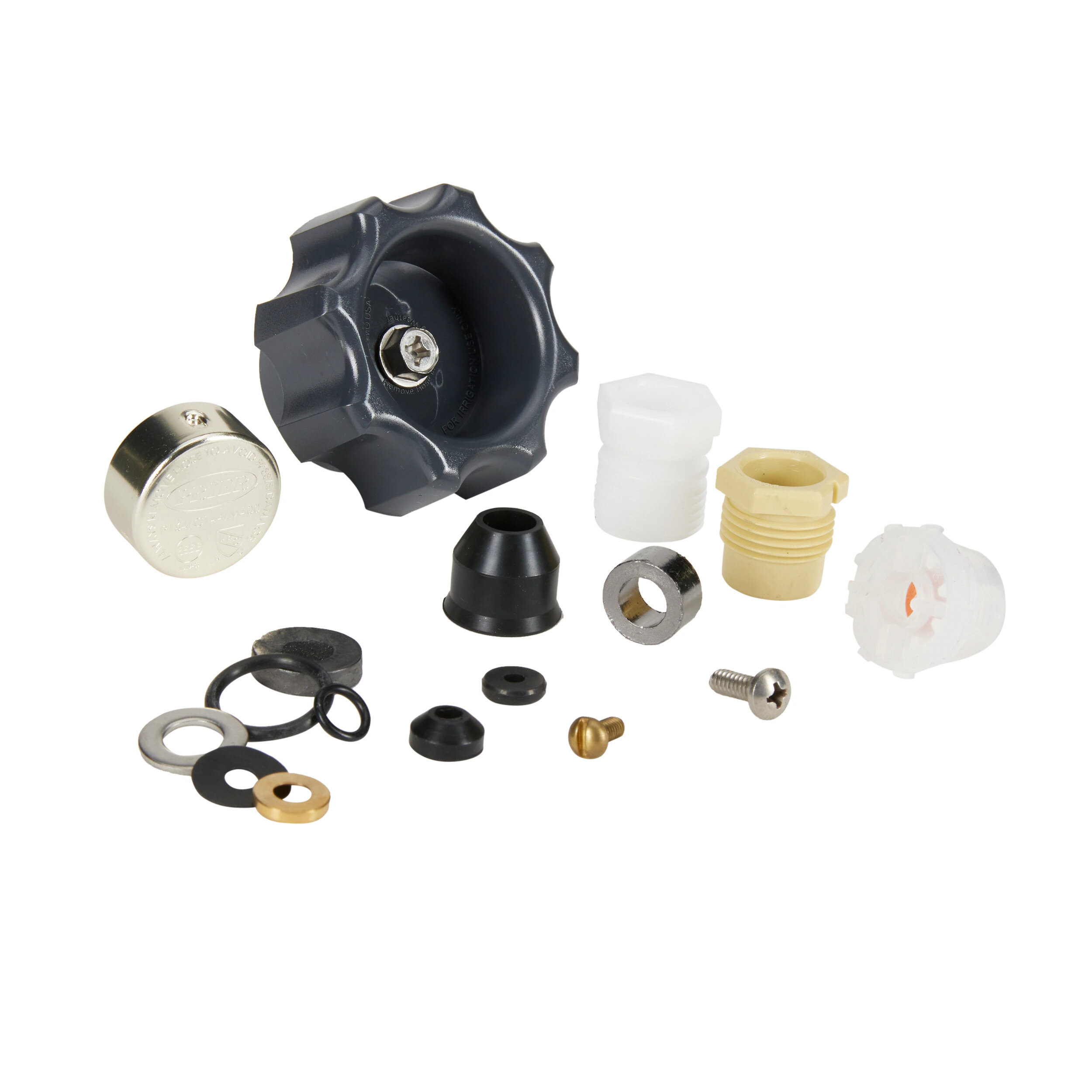

0 thoughts on “How To Thaw An Outdoor Faucet”